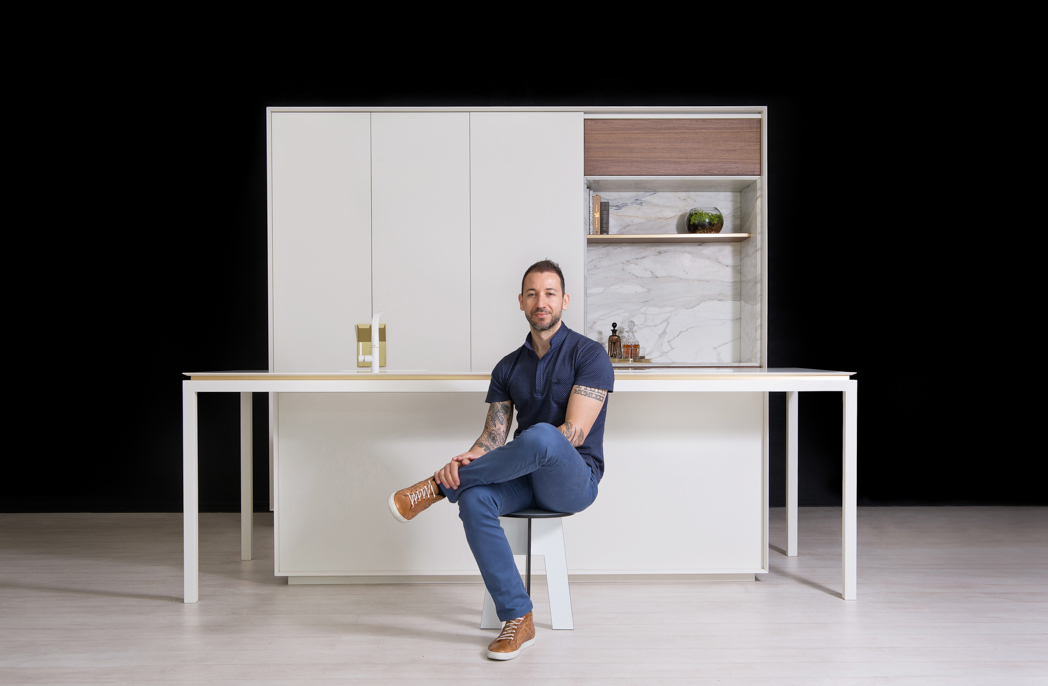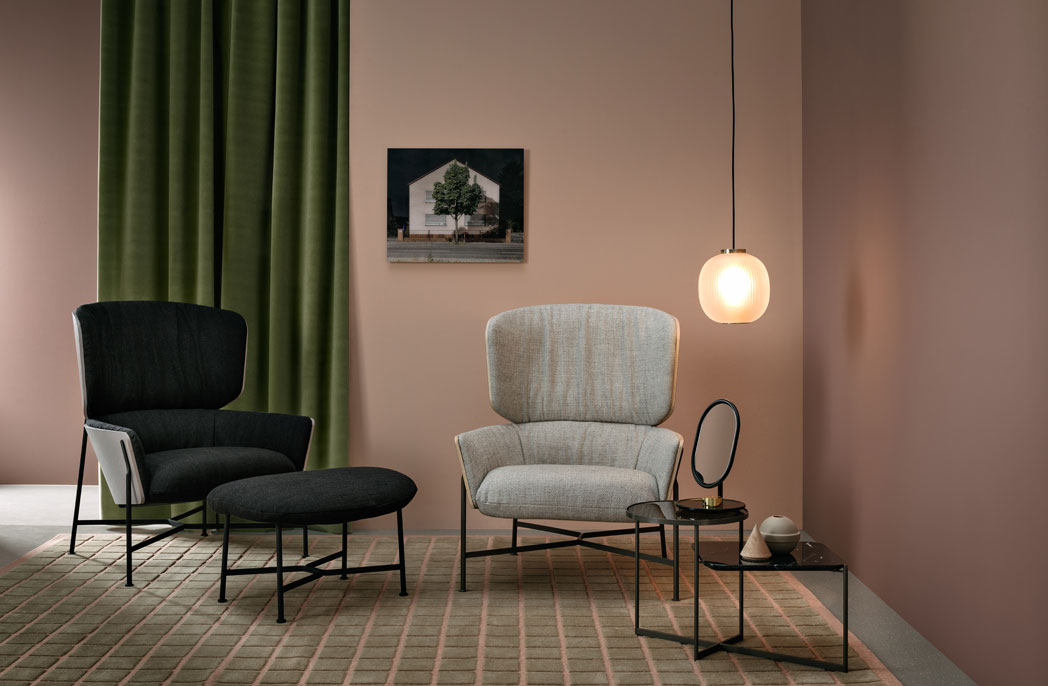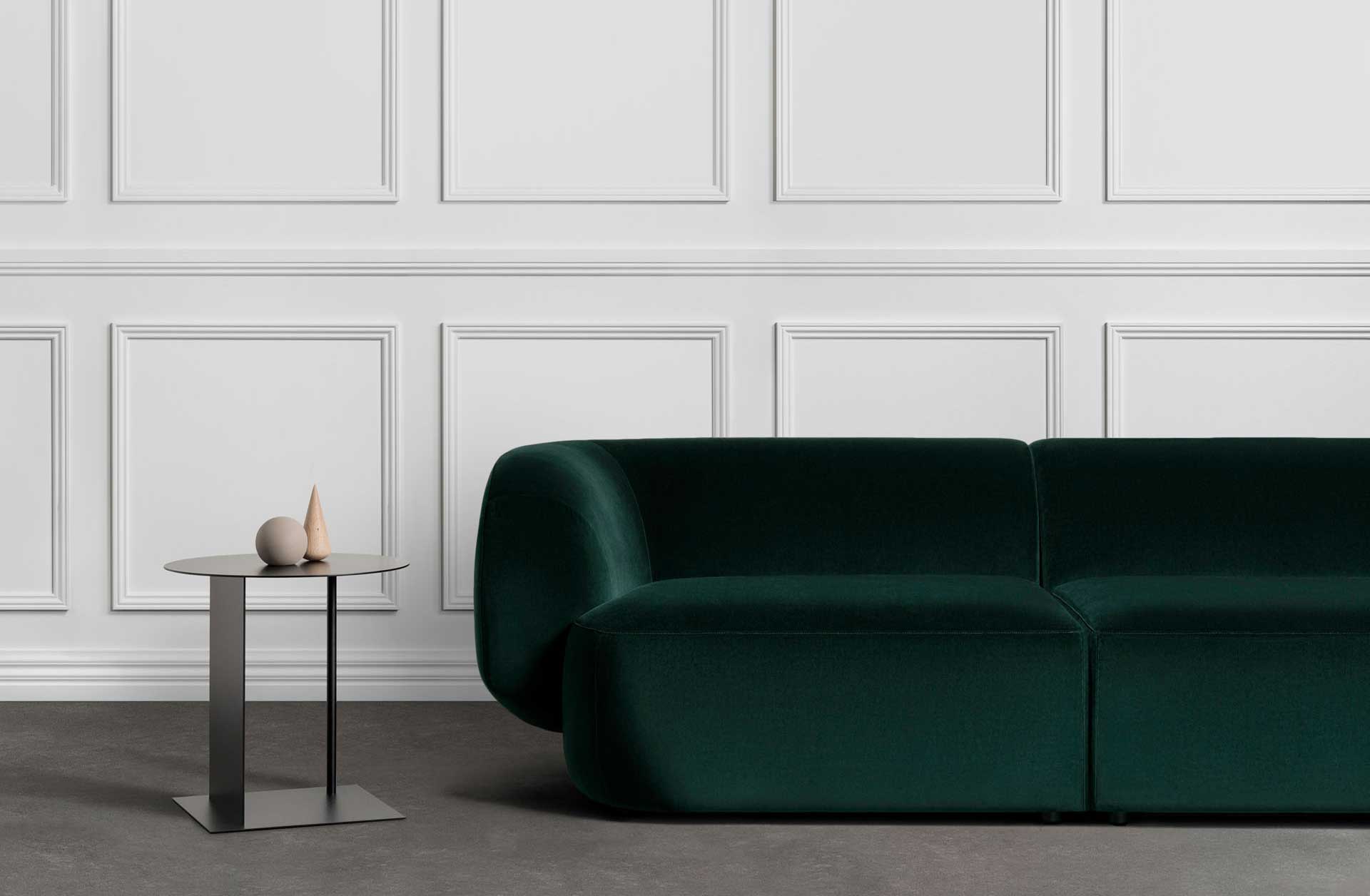
Making the office a place worth leaving home for
Making the office a place worth leaving home for
Share
Post-pandemic, the return to the office has been sluggish. For many, working remotely in the comfort of home has been too good to fully relinquish. But, it’s well known that to truly work collaboratively and creatively, being in the same physical space as your colleagues is important. Sharing random ideas in real-time, face-to-face with your colleagues is the magic ingredient.
While it may be true that great ideas spark when there’s a little friction, businesses across almost every industry have battled to lure people back into the office. To learn how offices can adapt, Australian Design Review (ADR) spoke to Carly Krost of Krost. As a leading manufacturer and supplier of office furniture for the modern workplace, Krost is well placed to share advice on how businesses, from boutique firms to large-scale corporations, can create spaces team members want to leave home for.
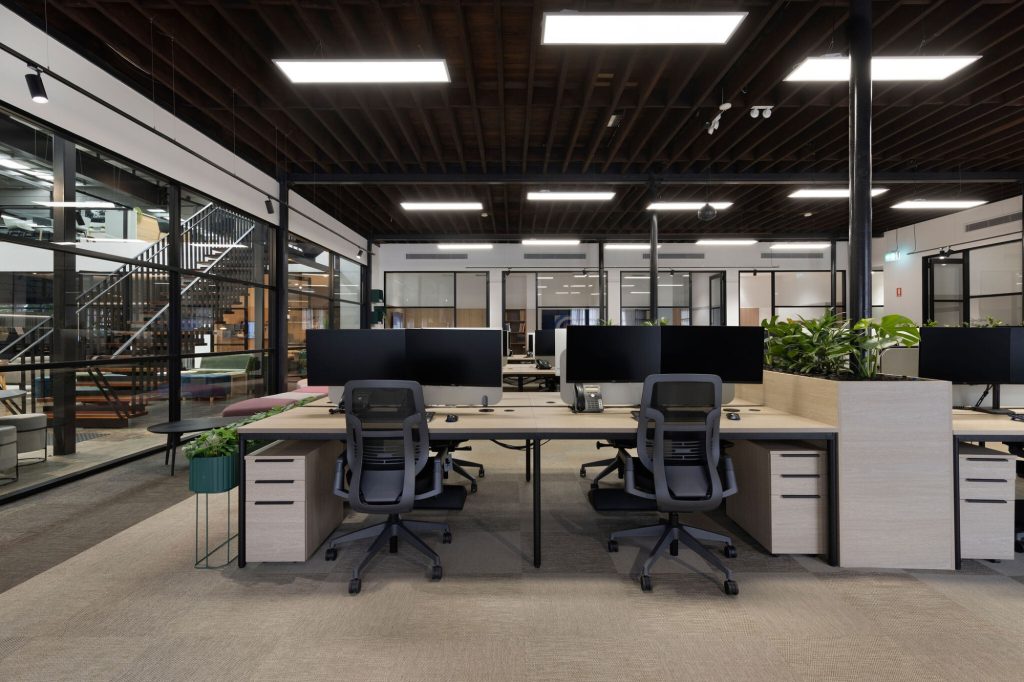
ADR: Working from home has become an accepted way of working. Why do you think this is?
CK: Working from home has been accepted for a number of reasons. On one level, it means that a business can save costs by not having to lease large office spaces. There has also been a change in attitudes toward work-life balance. With all the advances in technology that have occurred over the past few years, working from home is far more doable. Ultimately it’s about businesses being flexible, and people wanting flexibility for themselves.
ADR: While working from home might be easier with the adoption of digital communication technologies, there’s nothing quite like being in the same room as your team when you’re working on a big project or to a tight deadline. Can you give us some examples of products that facilitate focused collaboration in the workplace?
CK: The Tam Tam is a mobile folding table. It’s an excellent example of furniture that can be adapted to maximise square metre yields inside existing spaces.
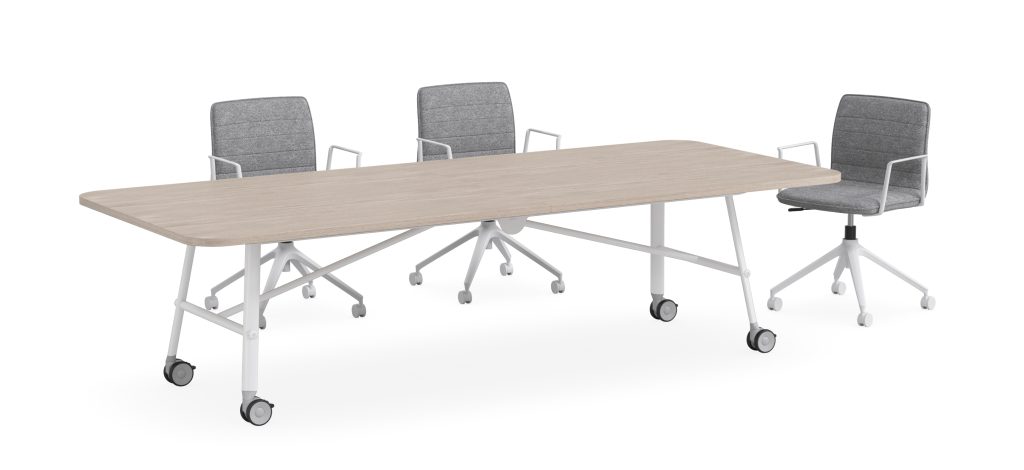
It’s important for workplaces to have specialist points of quiet reflection and communication areas, as well as the scope to work in open group settings. The Breakaway Pod (booth) is a great solution that allows for both silent working or loud conversations.
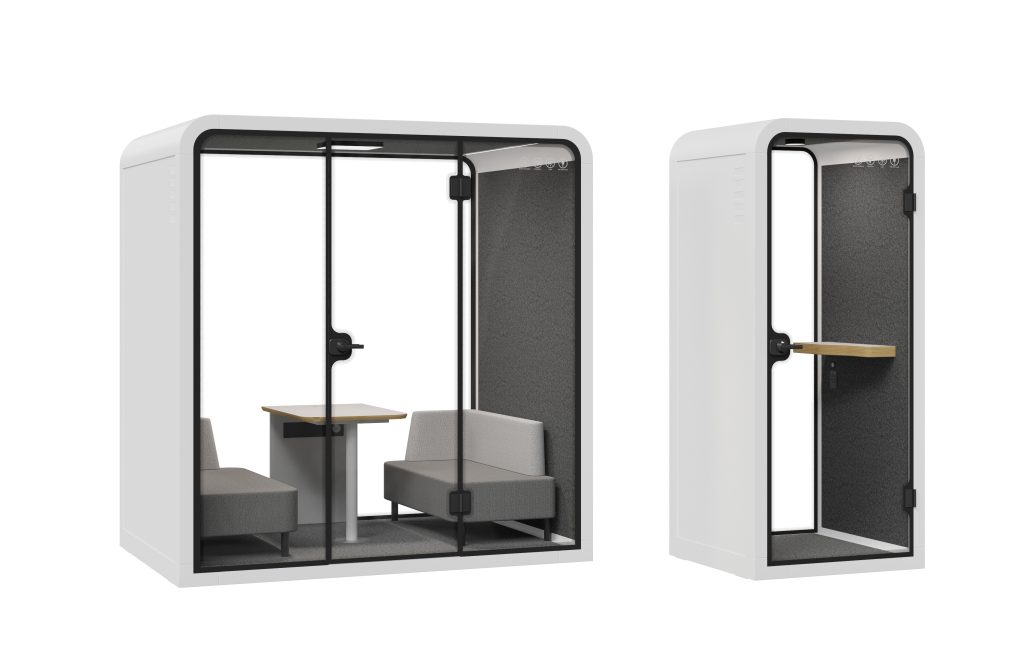
The Project Mobile Board is another piece that facilitates sharing and connection within teams. Furniture that allows for flexibility through mobile movement, together with the sharing of ideas, is a vital part of the modern office.
Last but not least, Krost’s Clic Range of desks give you the ability to expand and contract your desking through the click and connect of multiple furniture modules in one simple way.
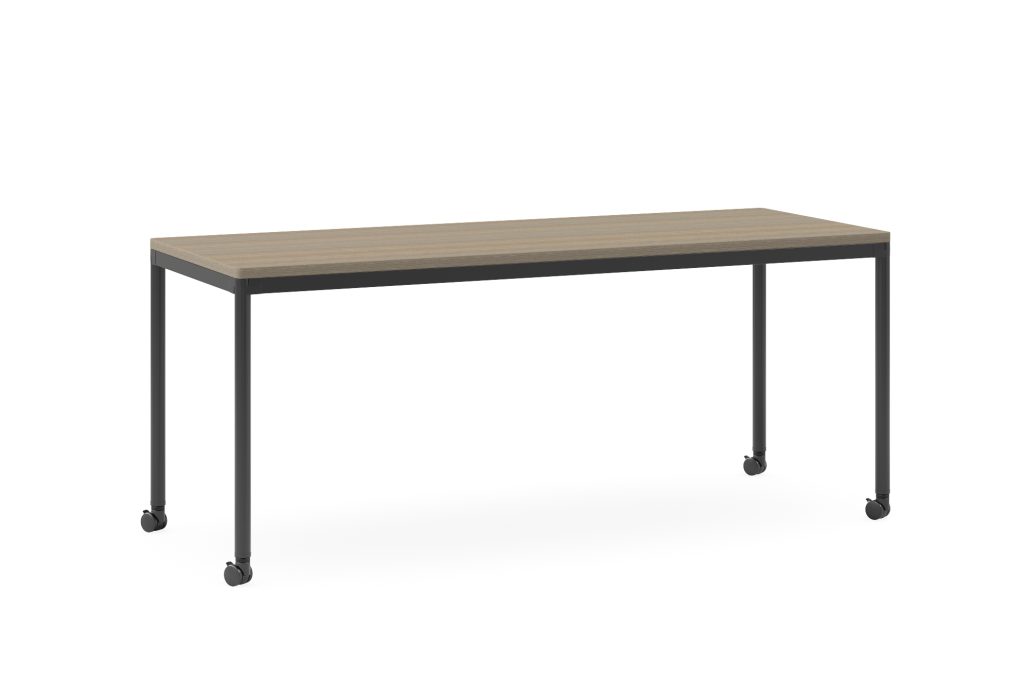
ADR: We’re seeing a significant shift in workplace design. Previously, workplaces were full of banks of desks and screens, with boardrooms behind doors. Now, we’re seeing more collaborative breakout spaces and soft seating. Can you tell us what you think of this trend?
CK: This trend is a welcome one in the workplace and commercial furniture industry. Soft seating and inviting breakout spaces create environments that feel more welcoming and conducive to building relationships, reducing stress, and promoting overall wellbeing.
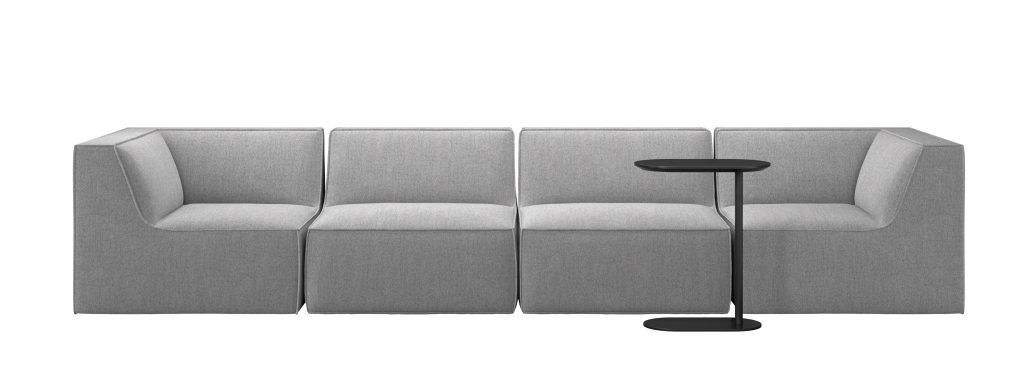
Breakout spaces provide opportunities for informal discussions, brainstorming sessions, and cross-functional collaboration, which can lead to innovative solutions and improved teamwork. In terms of flexibility and adaptability, they promote autonomy and empower employees to create environments that support their productivity and comfort. They also support diversity and inclusion through the facilitation of cross-pollination of ideas, promoting cultural exchange, and breaking down silos within organisations.
Flexible furniture also allows people to design their space to suit the multiple needs of their team and the personalities and requirements of different humans. By prioritising comfort and aesthetics in workplace design, organisations demonstrate a commitment to enhancing the employee experience.
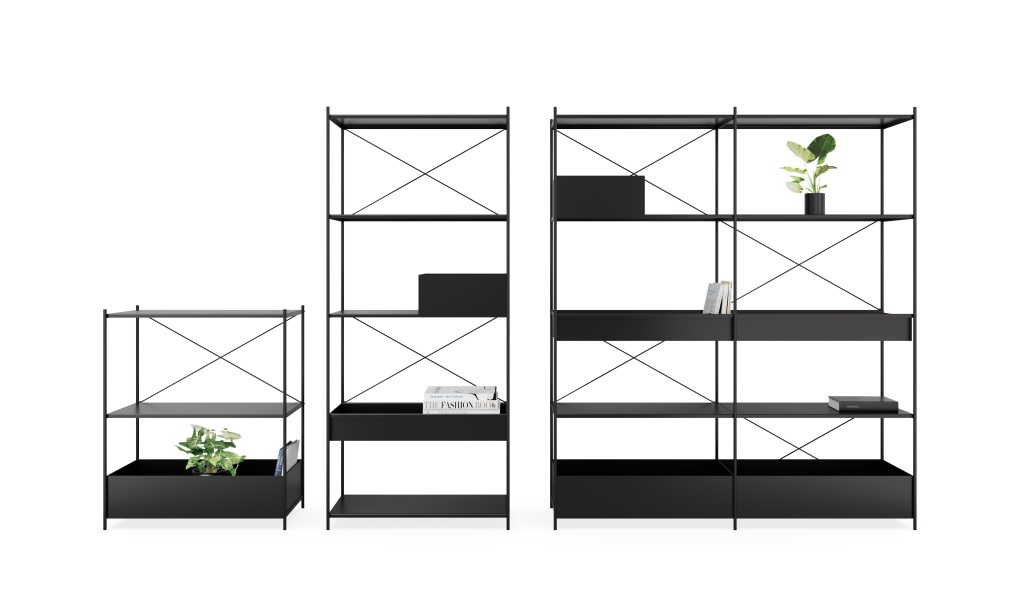
At Krost, we believe human-centred design principles are a huge part of enhancing employee experience and will allow the user to benefit. This approach also recognises that there are so many different modes of working. Supporting the way individual people work through furniture is a huge part of advancing the employee experience in the modern workplace.
Different furniture arrangements allow users to have options in how they work, as well as how their space responds to both their physical and emotional needs. Further, it allows users to pick and choose how they can break up their day into what furniture arrangements suit their mood and work function allowing for happier employees.
The other factor which has influenced the trend is adapting to remote and hybrid work. As teams become more distributed, creating inviting spaces for in-person collaboration becomes even more important for maintaining a sense of connection and cohesion among employees.
The integration of furniture which allows multiple different configurations as well as integration with new and emerging technological advancements to assist the transition between geographical locations is another aspect of the trend.
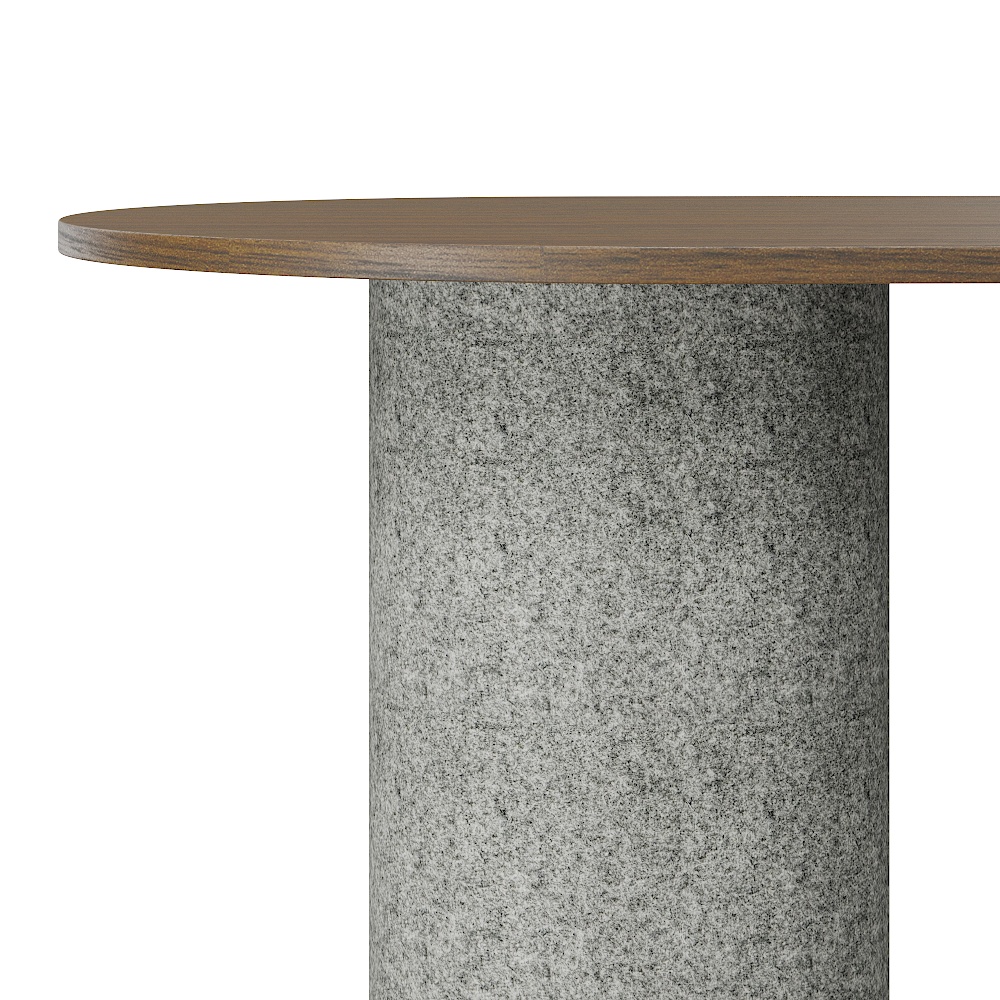
Overall, the movement towards collaborative breakout spaces and soft seating reflects a broader shift towards more human-centred workplace design that prioritises collaboration, flexibility, and employee wellbeing. By creating environments that inspire creativity, foster connections, and support different work styles, organisations can cultivate thriving cultures and drive innovation in the modern workplace.
ADR: How has Krost responded to this shift in approach to workplace design? What are the essential furniture pieces the modern office needs?
CK: Both of our showrooms in Sydney and Melbourne host a multitude of displays of all these exciting adaptations of an open and collaborative office space design, including quiet working spaces and multiple configurations of different styles of spaces for different sizes groups.
These essential pieces include:
- Upholstered co-op drum base for added acoustics
- Daily screen allowing both added acoustics and flexibility of aesthetics
- Hugs sofa for communal connection and lounge and
- Multiple custom planters and storage units such as KX and Universal to allow for break up of spaces to create private points of interaction while assisting connection to nature and relaxation.
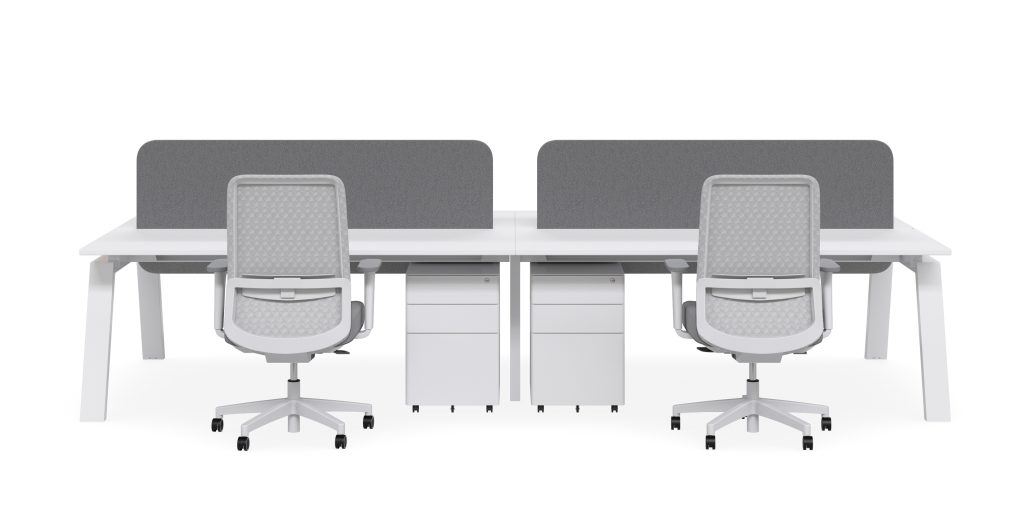
ADR: Customisation is another trend ADR has observed — there’s very rarely one solution for everyone. Can you talk to us about Krost’s customisation offering?
CK: As a result of our local manufacturing capabilities and large stock holding, we can offer customers a wide range of customisation across our entire range. We also provide full custom joinery for bespoke solutions.
For example, in the Sydney office, we needed a solution for additional private storage for staff, while still adding a breakout hot desk for our hybrid working team who move between our buildings. We also added a screening solution for some of our quiet offices and added, some connection to nature.
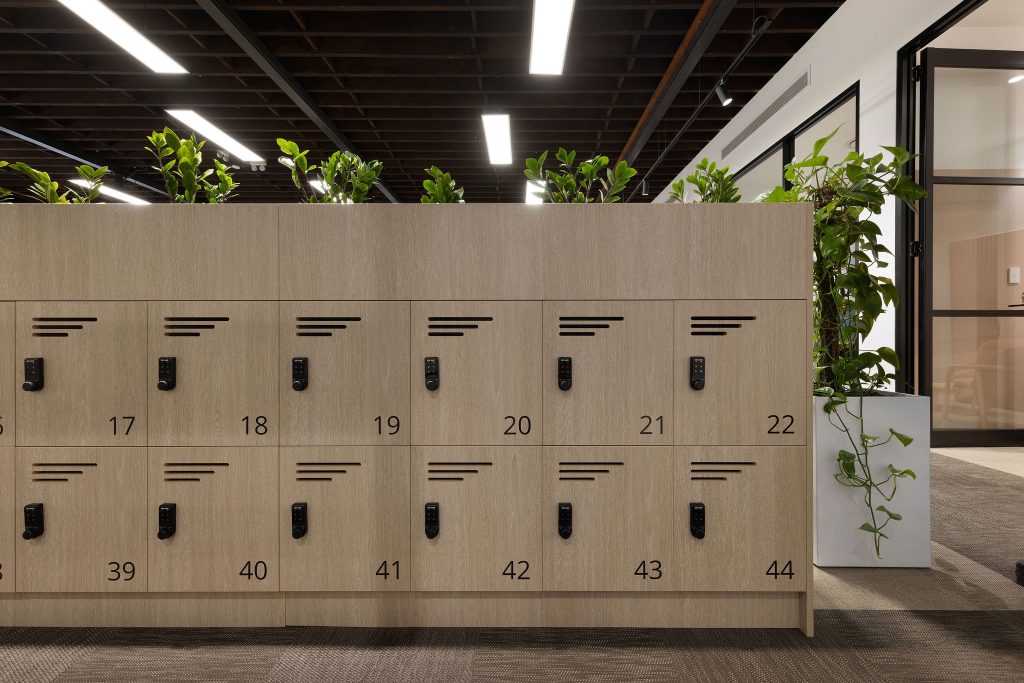
ADR: Aside from furniture, what are some other elements a modern workplace needs if they want to draw people out of the comfort of home and back into the office?
CK: Human connection is essential for drawing people into the office. The modern office requires breakout meeting points to allow for social connection and the ability to connect. Meeting rooms, quiet table points, semi-private, private and public areas where furniture allows for this connection and sharing. What also comes to mind is the impact of having immediate and very personal face-to-face spaces that allow team members to see and experience the reactions of others.
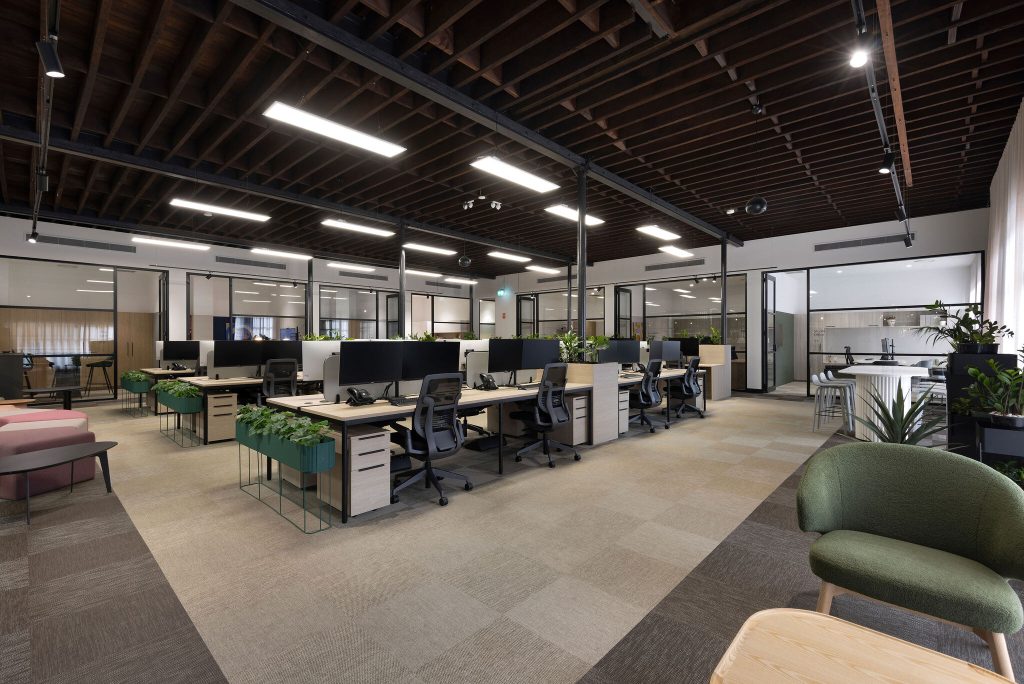
Also, creating a sense of identity and importance matters. Coming to work gives you a landmark to shift your place in your world, to exist in the urban environment. Creating a sense of arrival — the initial feeling of walking through a reception foyer, and into an office space should be well considered to assist with creating a sense of identity and landmarking. The office also offers a different landscape in your week’s routine. Beautiful office designs which promote an escape from the home environment make leaving home worthwhile.
Ultimately, the shifts in workplace design and the trends we’re seeing represent a shift in mindset and workplace culture as a result of COVID-19. We don’t see a return to the old ways of working. Companies need to adapt and adopt a mindset that instils creativity, innovation and growth in order to remain competitive. The design of the workplace and the furniture solutions available are an articulation of this adaptation and mindset shift.
You Might also Like
